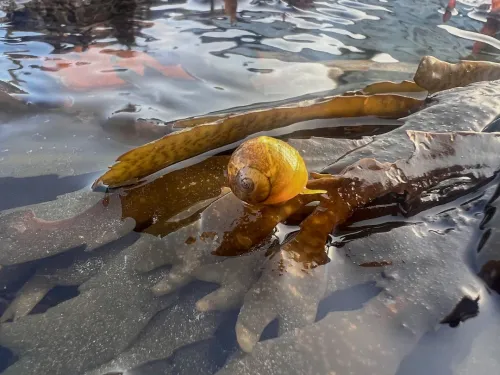
Seabed secrets: 6 lesser-known marine species
National Marine Week is our celebration of UK seas! From 26th July - 10th August 2025 we'll be showcasing the 'Secrets of our Seabeds'. One of these secrets are lesser-known marine species.
Learn more about the wildlife and wild places in Kent and beyond.

National Marine Week is our celebration of UK seas! From 26th July - 10th August 2025 we'll be showcasing the 'Secrets of our Seabeds'. One of these secrets are lesser-known marine species.
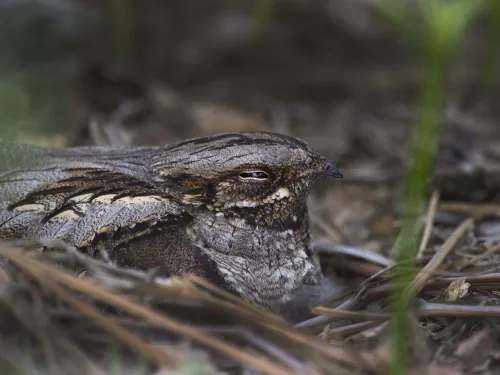
The mysterious nightjar has fascinated humans for generations and their presence can be an indicator of healthy heathland ecosystems. Learn all about them here.
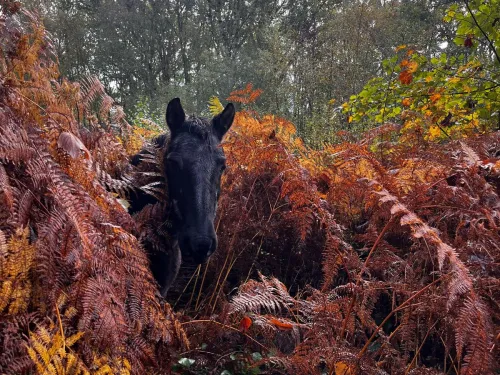
Koniks (sometimes referred to as Konik Polski) are a non-native primitive breed that originate from Poland. They are a descendant of the tarpan, a type of European wild horse that went extinct in the 19th century. They have been bred for almost 80 years to be the ideal breed for use in conservation grazing, specifically for traits of hardiness, longevity and ease of handling, and are used successfully across Europe in conservation grazing schemes.
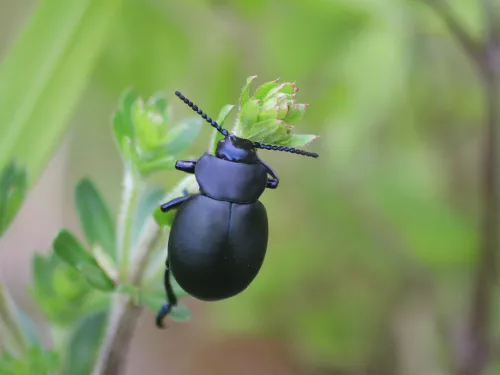
You’ll often hear the words ‘bug’ and ‘beetle’ used interchangeably – but they actually mean two different things. Let's explore the differences!

Wilder Grazing Ranger Volunteer Trainee, Ellie Edmondson, talks about the fell ponies on our reserves and what makes them great conservation grazers.
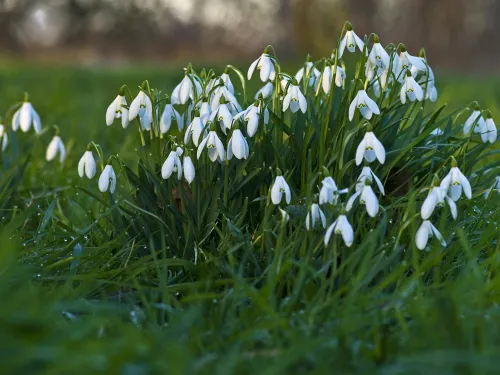
In February, the first British wildflowers are beginning to poke out from the seemingly dormant undergrowth, a sure sign that spring is on the way!
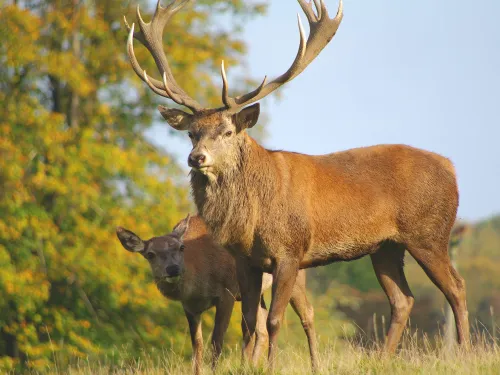
Wild deer are some of the most iconic mammals of the countryside. But what species live in the UK and where?
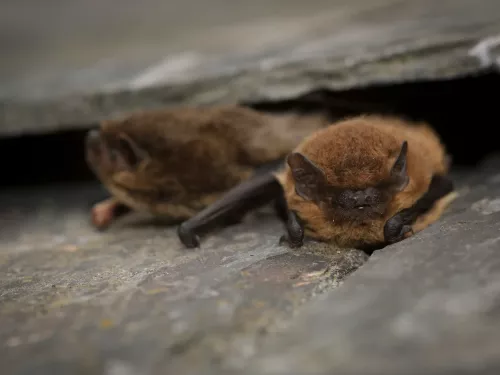
My name’s Amanda Brookman and I’m a member of the Kent Bat Group, a group set up by volunteers in 1983 to help the conservation of bats in Kent. As a lover of bats I’d like to share some tips with you for your home and garden that will benefit bats.